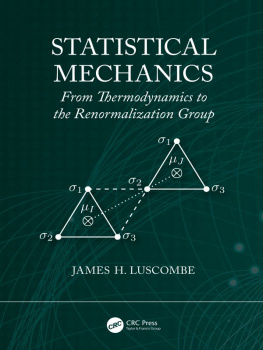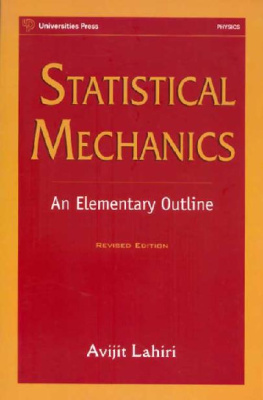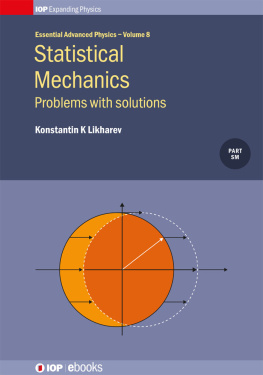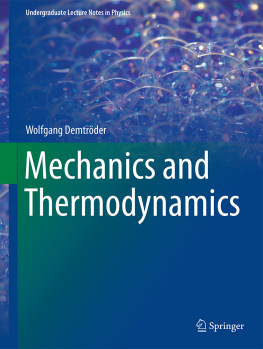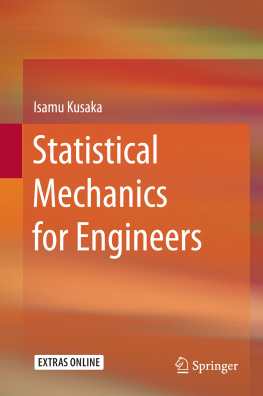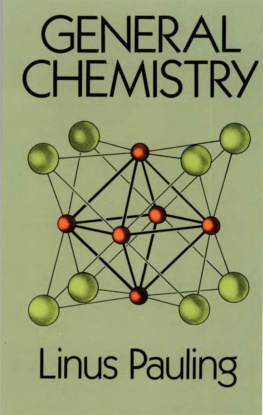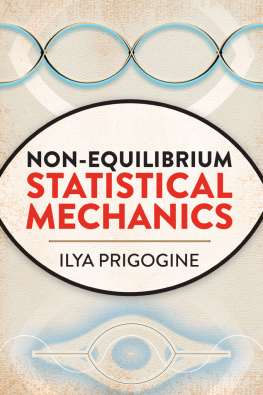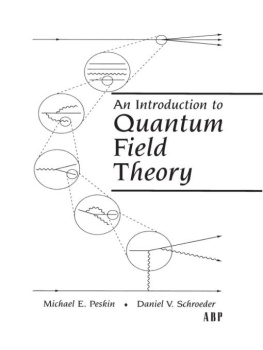Contents

Statistical Mechanics
First edition published 2021
by CRC Press
6000 Broken Sound Parkway NW, Suite 300, Boca Raton, FL 33487-2742
and by CRC Press
2 Park Square, Milton Park, Abingdon, Oxon, OX14 4RN
2021 Taylor & Francis Group, LLC
CRC Press is an imprint of Taylor & Francis Group, LLC
Reasonable efforts have been made to publish reliable data and information, but the author and publisher cannot as- sume responsibility for the validity of all materials or the consequences of their use. The authors and publishers have attempted to trace the copyright holders of all material reproduced in this publication and apologize to copyright hold- ers if permission to publish in this form has not been obtained. If any copyright material has not been acknowledged please write and let us know so we may rectify in any future reprint.
Except as permitted under U.S. Copyright Law, no part of this book may be reprinted, reproduced, transmitted, or utilized in any form by any electronic, mechanical, or other means, now known or hereafter invented, including pho- tocopying, microfilming, and recording, or in any information storage or retrieval system, without written permission from the publishers.
For permission to photocopy or use material electronically from this work, access
Trademark notice:Product or corporate names may be trademarks or registered trademarks and are used only for identification and explanation without intent to infringe.
Library of Congress Cataloging-in-Publication Data
Names: Luscombe, James H., 1954- author.
Title: Statistical mechanics : from thermodynamics to the renormalization group/James Luscombe.
Description: First edition. | Boca Raton : CRC Press, 2021. | Includes bibliographical references and index.
Identifiers: LCCN 2020048146 | ISBN 9781138542976 (paperback) | ISBN 9780367689278 (hardback) | ISBN 9781003139669 (ebook)
Subjects: LCSH: Statistical mechanics.
Classification: LCC QC174.8 .L87 2021 | DDC 530.13dc23
LC record available at https://lccn.loc.gov/2020048146
ISBN: 978-0-367-68927-8 (hbk)
ISBN: 978-1-138-54297-6 (pbk)
ISBN: 978-1-003-13966-9 (ebk)
Typeset in Computer Modern font
by KnowledgeWorks Global Ltd.
Access the Support Material: www.routledge.com/9781138542976
To my mother, who likes orderliness, and to my father who didnt. They taught me without trying that the equilibrium state is one of lowest energy and maximum disorder. To my father, who taught me to love the wildness of nature, and to my mother, who taught me to seek order, which I imported into the world of ideas. To my wife, Lisa, who encouraged me, and who lends an order of her own to the written language.To my children, Jennifer and Jimmy, who represent the future and have brought me so much joy.
S TATISTICAL mechanics, a branch of theoretical physics with applications in physics, chemistry, astronomy, materials science, and even biology, relates the observable properties of macroscopic systems to the dynamics of their microscopic constituents. A definition of macroscopicis elusive. Objects indiscernible to human sensesnot ordinarily considered macroscopiccan contain enormous numbers of atoms, Not only are microscopic descriptions impossible, theyre pointless. Even if the wavefunction of NA particles could be found, what would you do with it? Wouldnt you seek to reduce the complexity of the data through some type of averaging procedure? Statistical mechanics provides the means by which averages are calculated for systems in thermal equilibrium.
Historically, statistical mechanics arose from attempts to explain, on mechanistic grounds, the results of thermodynamicsa phenomenological theory of macroscopic systems in thermal equilibrium. A system is said to be in equilibrium when none of its properties appear to be changing in time. The stateof equilibrium is specified by the values of state variablesquantities that can be measured on macroscopic systems. In statistical mechanics, however, the concept of equilibrium is altogether different, where measurable quantities fluctuatein time about mean values. Fluctuations are produced by random motions of the microscopic constituents of matter and are the reason statistical mechanics invokes probability as a fundamental tool.

